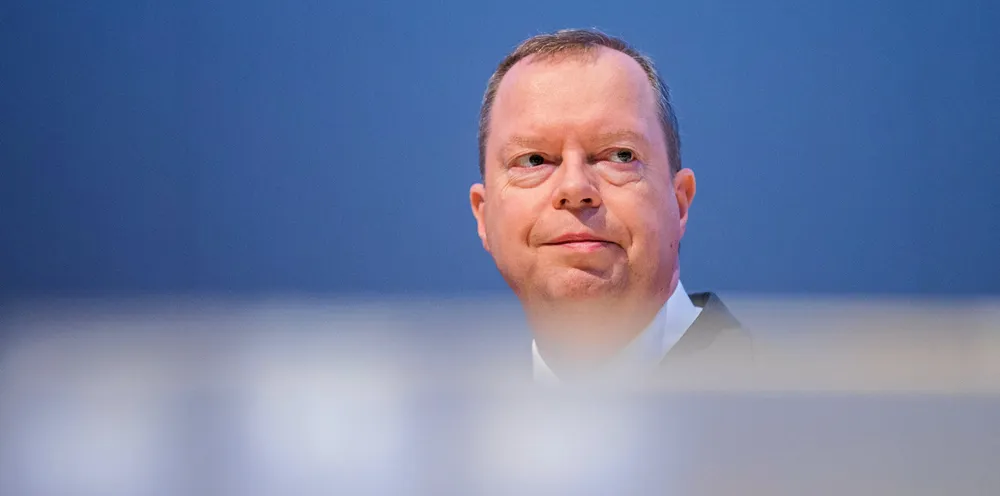'Like building the pyramids': the epic green energy plans for Saudi Arabia's $500bn Neom mega-city
'Living laboratory' will be powered by up to 40GW of mainly wind and solar producing at ultra-low prices, says energy chief Peter Terium

'Living laboratory' will be powered by up to 40GW of mainly wind and solar producing at ultra-low prices, says energy chief Peter Terium
